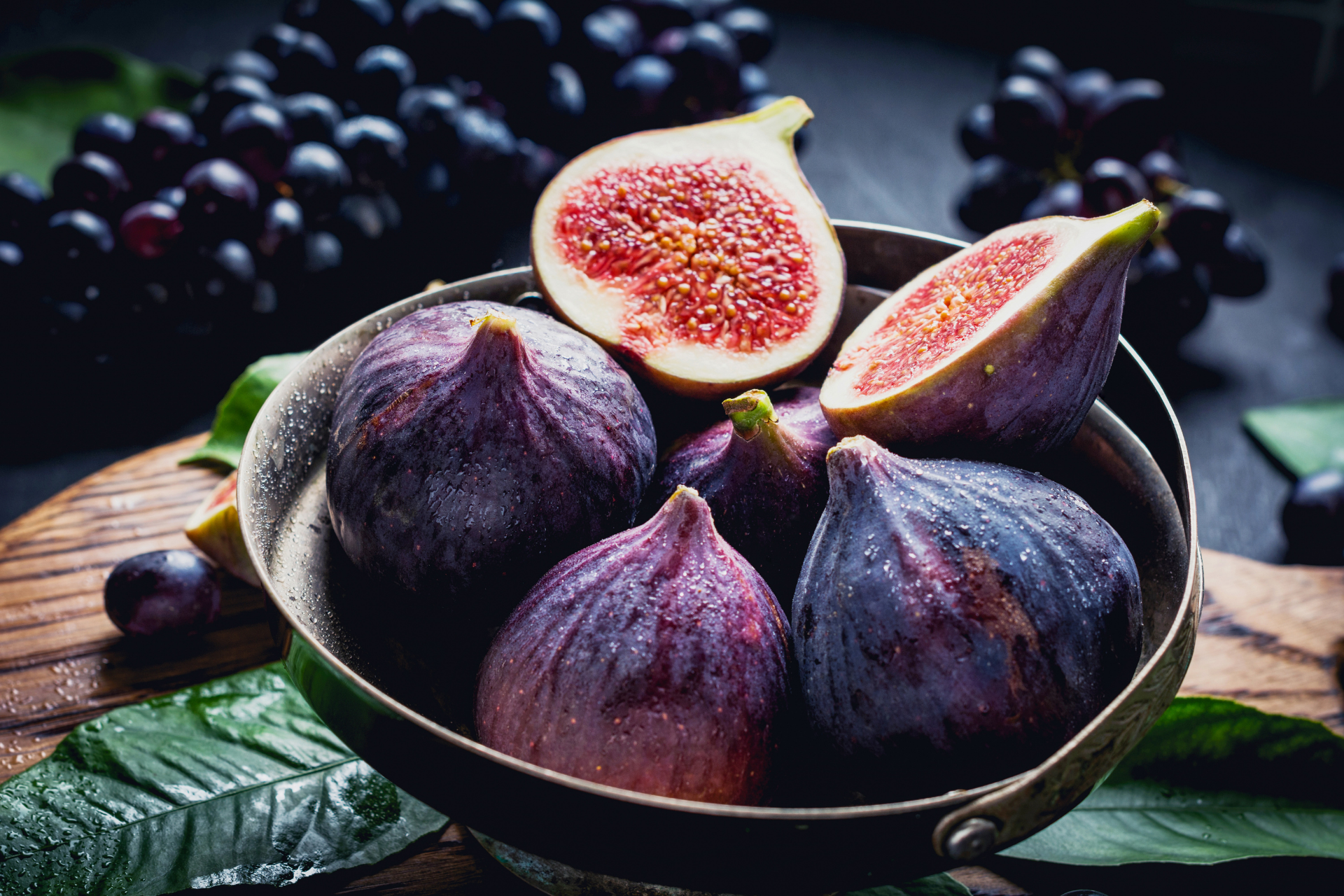FIG
The fig is a fruit that has been cultivated for thousands of years, originating from the Mediterranean basin. The fig is the fruit of the fig tree. However, it is considered as a false fruit because its bulb closes thousands of tiny flowers that must be fertilized. There are several varieties such as black, yellow and brown figs.
purchase guide
Choose plump figs that are slightly soft to the touch, with smooth skin and no cracks or deep black spots. Their color varies depending on the variety, but they should be richly colored and give off a sweet fragrance. Avoid figs that are too soft, dried out, or show signs of mold, as they are likely overripe.
OPTIMAL TEMPERATURE FOR CONSERVATION
2 - 3 °C
Figs are delicate and best enjoyed fresh. You can keep them at room temperature for up to 1–2 days, but for longer storage, place them in the refrigerator, ideally in a shallow container or a perforated plastic bag to prevent bruising and moisture buildup. You can also freeze the flesh or whole figs for later use, although the texture may change slightly.
NUTRITIONAL VALUE
The fig was recommended to athletes for its energetic value. It is rich in vitamin B3, calcium, potassium, iron, fiber and it promotes intestinal transit.
HOW TO EAT IT
The fig is eaten fresh or dried. It can be cooked as a dish, pastry, or jam. Pies, cakes, tiramisu, sorbet ... the fig is very versatile. When it is fresh, it makes an excellent decoration!





